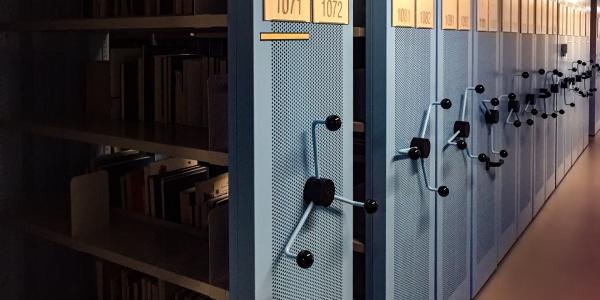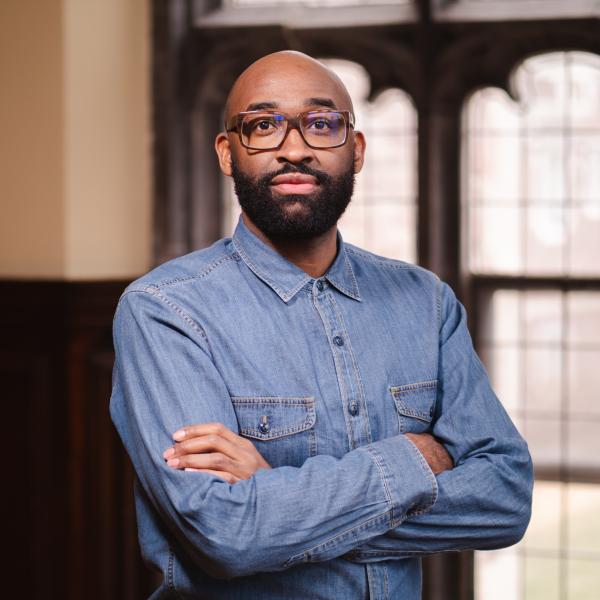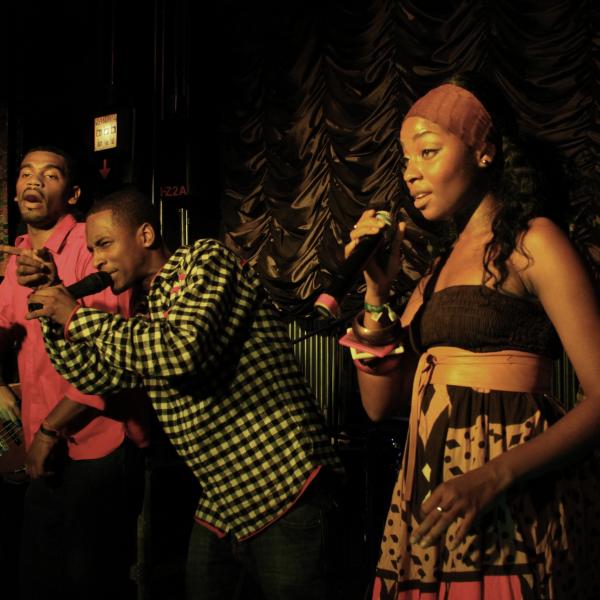In an entry-level history course, students created an archive to document campus life during the pandemic.
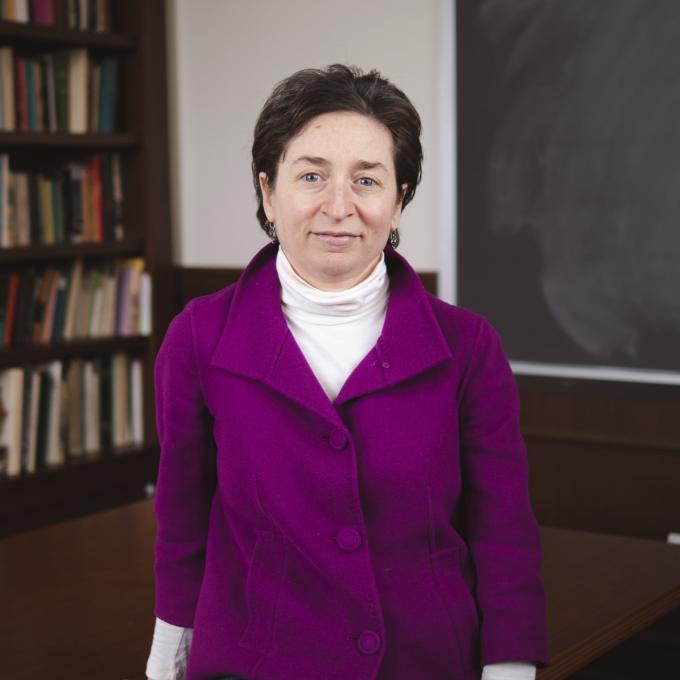
What was life like at Washington University as the 1918 influenza pandemic swept the globe? Surprisingly, no one really knows. The university’s archives have very little information on the period, and according to Corinna Treitel, professor of history and director of the medical humanities minor, that gap limits what historians can learn.
“In an entry-level class, students come in thinking that history just lives in a file cabinet up in the sky and that your professor has access to the folder,” said Treitel. “But history is built from primary sources. It’s a data-driven discipline, just like the natural sciences. History starts through the collection of evidence.”
This spring, Treitel taught a 100-level course on health and disease in world history. She invited university archivist Sonya Rooney to talk with the class about the dearth of information related to the 1918 pandemic on campus and what materials could have been preserved from that time. The conversation quickly shifted from theoretical to practical.
For their final project, the students created their own COVID-19 archive. They recorded video and audio conversations with fellow students, collected official messaging from the university and local government, interviewed scientists researching COVID-19 and creating health guidelines, and documented how peers addressed mental health and social justice. They then compiled these materials into a series of StoryMaps, web-based visual archives often used by museums and libraries to collect archival material into a narrative for the public.
Miranda Rectenwald, the curator of local history at the Washington University Libraries, worked with Treitel’s class on the creation of their archives.
“The best part about working with the students was their unique perspective on specific details during the pandemic. Without their work we would only have a generic student perspective in the archive,” said Rectenwald. “Now our collections include photos and reflections from student-athletes on how their workout routine changed. A student in ROTC added materials about how drills were with social distancing. A Student Union officer added perspective she gathered as social activities were adapted. It was fabulous to see these details come in as their projects were created.”
“The loneliness of not having people around my age began to take a toll."
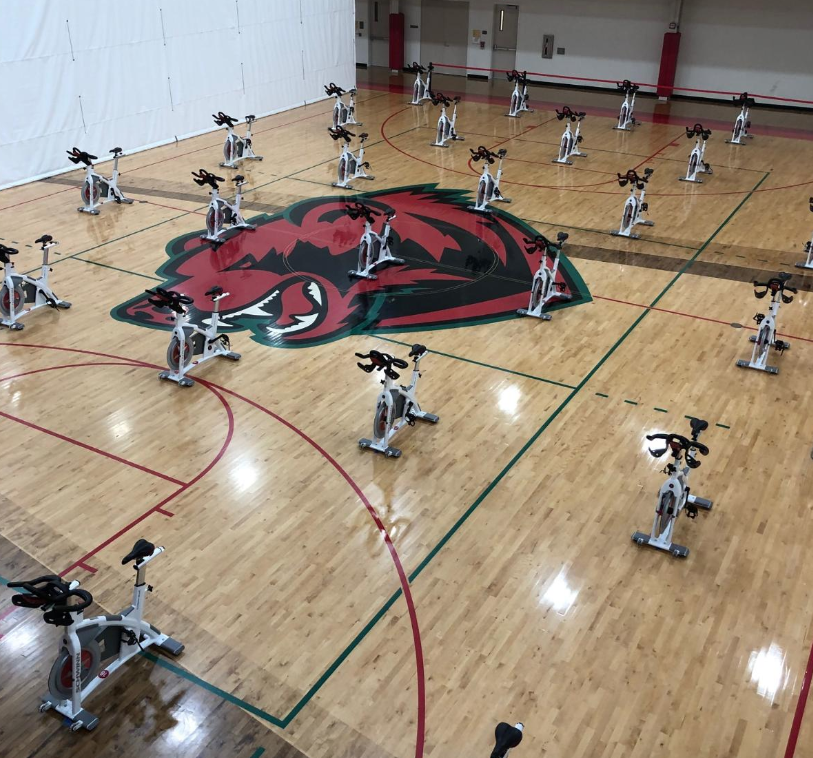
Many of Treitel’s students focused their projects on how their peers coped with physical distancing on campus. A series of anonymous interviews with current students document public health protocols from a student perspective. One interview subject described the isolation of living in quarantine housing after a positive COVID-19 test, while another described their reasons for staying home during the fall and spring semesters.
“Many students felt strongly if they didn't document the mental health aspects of the pandemic that they would be lost,” Treitel said. “In addition to the direct turmoil of losing family members or jobs as a result of the pandemic, many of them are finding the isolation hugely challenging. They wanted to include individual testimonies that document how it felt to live through this moment.”
In interviews with their peers, students talked about the loneliness of isolation and the way that everyday life changed in enduring ways. “The loneliness of not having people around my age began to take a toll," said Barry Henaku, a rising junior interviewed in the StoryMap about coping during COVID-19. “I've been wearing masks for so long that I'll feel weird if I go out without them,” said Ishaan Alva (’24) in this collection about everyday life under COVID.
Students also collected information about WashU’s role in the scientific response to COVID-19, talking to researchers and public health experts about how the university helped created and disseminate new knowledge about the virus. One group interviewed Holden Thorp, who, as editor of Science, has had a major impact on how the global scientific response to COVID has been organized.
“Most of the groups were interesting in adding some unique texture to their archives, not from the university’s perspective, but from the perspective of students and faculty, like Holden Thorp,” said Treitel. “Once the lightbulb went off for them they realized, if someone comes to our university archive 100 years from now, they wouldn’t know that this member of the WashU community was the editor of Science and so they’re not going to write about it.”
To read accounts, hear interviews, and see the full collection of archival materials, visit the StoryMaps online.

